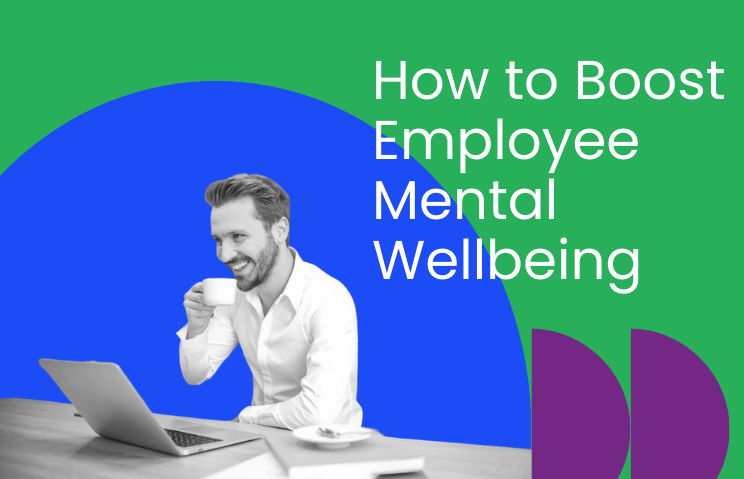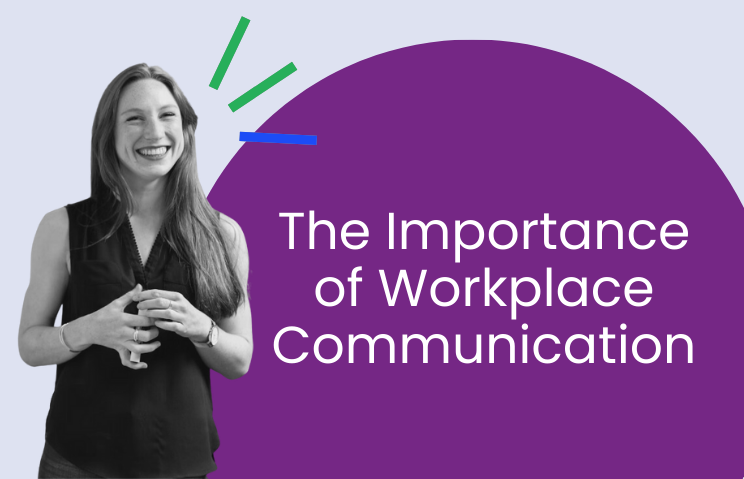World Mental Health Day: 5 ways to create a psychologically safe workplace

With World Mental Health Day taking place on 10 October, it’s timely to stress the importance of psychological safety in the workplace.
Research highlights a 35% increase in psychological insurance claims since February, covering anxiety, depression, post-traumatic stress and other mental disorders[1]; while Safe Work Australia reports that each year, 7,200 Australians receive compensation for work-related psychological injuries, equating to around 6% of workers’ compensation claims and approximately $543 million in payments.[2] Meanwhile in New Zealand, studies suggest that between one in five and one in three New Zealand workers report bullying or harassment annually.[3]
The importance of psychological safety at work cannot be overstated; a psychologically unsafe working environment can devastate employees’ self-esteem, mental health, and overall morale. But it’s not only employee wellbeing that workplace psychological safety holds at stake; a psychologically safe environment is also undeniably linked to a business’s bottom line. Research by PwC has shown that every dollar spent on creating a mentally healthy workplace can, on average, result in a positive return on investment of $2.30.[4]
But psychological safety can often feel like an abstract concept that is difficult to achieve in a measurable way. Here, we identify five practices that help create psychologically safe workplaces.
How to create a psychologically safe workplace
1. Build a culture of trust
Lack of trust within an organisation is pervasive, seeping through every level while affecting productivity and engagement. Indeed, a global CEO survey revealed 55% of CEOs said a lack of trust poses a threat to their organisation’s ability to grow.[5]
From an employee perspective, a workplace with a strong trust culture is likely to improve feelings of safety and psychological wellbeing. According to a study[6] published in the Harvard Business Review, people working in high-trust companies, compared to those with low-trust, reported:
- 74% less stress
- 13% fewer sick days
- 76% more engagement
- 29% more satisfaction with their lives
- 40% less burnout
A high-trust culture will also improve retention levels, with research confirming that companies with higher levels of trust enjoy turnover rates approximately 50% lower than industry competitors. At the companies with the highest levels of trust, an average of 87% say they “want to work there for a long time.” [7]
An important component of a high-trust culture is measuring output, rather than input (what’s achieved rather than time spent achieving it); transparency at all levels of the business; and frequent, open communication.
2. Build strong employee engagement
Employee engagement is in fact interlinked with employee psychological safety since staff members are more likely to engage if they feel comfortable to do so. Regular employer/employee dialogue helps employers stay attuned to employees’ feelings and ensures staff feel they are heard. Therefore, employee engagement practices should be formalised so that this critical aspect of HR is not overlooked.
Such dialogue can occur via traditional one-on-one meetings when assessing an individual employee’s wellbeing, or through more structured, ‘pulse’-type surveys – which can be completed anonymously – if seeking to gauge employee sentiment overall. Find out how ELMO’s Engage suite of solutions can help to boost employee engagement.
You can read more on how to measure employee engagement here.
3. Create an environment where people can speak up
An environment that allows employees to speak up without fear of judgement or harsh criticism is not only positive for employee wellbeing: it’s an essential driver of innovation.
Creating an open culture means encouraging conversation and creating channels for feedback, as well as allowing for a degree of ‘upward communication’, where employees can have constructive dialogue with decision makers. This helps with challenging the status quo and identifying both issues and opportunities.
There are some tangible steps HR can take in giving employees a voice. These include implementing technology channels that enable conversation, such as Slack and Zoom, as well as more traditional methods like suggestion boxes.
That said, part of building an environment in which employees speak up is encouraging positive and constructive dialogue, while unconstructive negativity should be nipped in the bud.
4. Encourage innovation
Innovation is in many ways a by-product of all the factors that help to create a psychologically safe environment. Studies show that psychological safety allows for moderate risk-taking, speaking one’s mind, and creativity. Nonetheless, having values and processes in place that make it permissible to fail and to be vulnerable are essential ingredients for driving a culture in which employees will feel safe enough to experiment, take risks and learn from one another in the process. An example of this could be having a forum – whether in the form of a Slack channel or a working document – where learnings are recorded and used to inform a future project. Read our blog on the attributes that set HR innovators apart.
5. Lead by example
Leading by example helps to build a trusting and psychologically safe culture where employees have strong role models and behaviour frameworks. Leading by example means owning up to mistakes, ensuring a culture of transparency and practising self-awareness.
From an employee perspective, transparency – like innovation – is enabled by a psychologically safe working environment. In such an environment, employees will feel comfortable to discuss any challenges they are facing, without fear this will compromise impressions of their competence. Leaders should therefore set this tone by admitting to mistakes and ingraining a “fail-fast” approach into company culture.
ELMO Software is a cloud-based solution that helps thousands of organisations across Australia, New Zealand and the United Kingdom to effectively manage their people, process and pay. ELMO solutions span the entire employee lifecycle from ‘hire to retire’. They can be used together or stand-alone, and are configurable according to an organisation’s unique processes and workflows. Automate and streamline your operations to reduce costs, increase efficiency and bolster productivity. For further information, contact us.
[1] Research by Rehab Management, cited in Insurance News, “Rehab firm warns on mental health claims”, 2020
[3] WorkSafe New Zealand, Workplace bullying and harassment, 2019
[4] PwC, “Creating a Mentally Healthy Workplace”, 2014
[5] PwC, “Redefining business success in a changing world, CEO Survey”, 2016
[6] Harvard Business Review, “The Neuroscience of Trust”, 2017
[7] Great Place To Work, “The Business Returns on High-Trust Work Culture”
 HR Core
HR Core 









